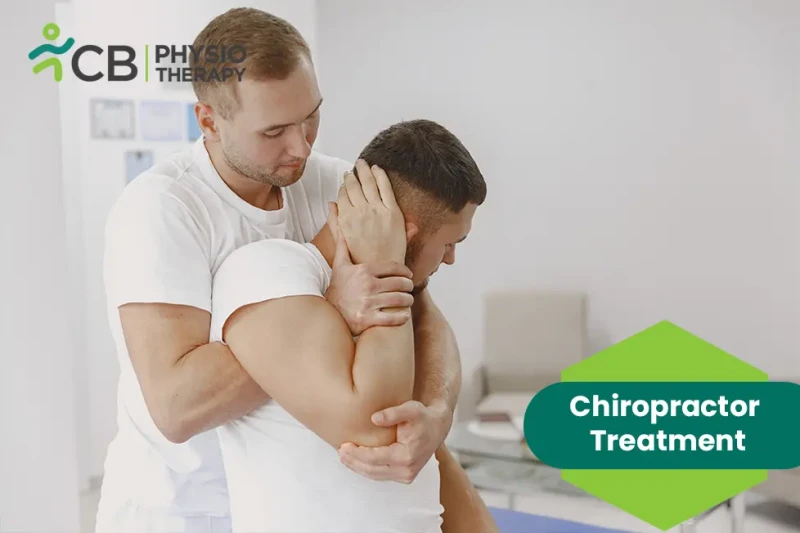
Chiropractic treatment may require a series of visits to your chiropractor, but most people attain maximum improvement in six to 10 visits. At your initial visit, your chiropractor will ask questions about your health history and perform a physical exam, with particular attention to your spine. Your chiropractor may also recommend other examinations or tests, such as X-rays.
During the procedure: During a typical chiropractic adjustment, your chiropractor places you in specific positions to treat affected areas. Often, you're positioned lying face down on a specially designed, padded chiropractic table. The chiropractor uses his or her hands to apply a controlled, sudden force to a joint, pushing it beyond its usual range of motion. You may hear popping or cracking sounds as your chiropractor moves your joints during the treatment session.
Some people experience minor side effects for a few days after a chiropractic adjustment. These may include headache, fatigue, or pain in the parts of the body that were treated. Chiropractic adjustment can be effective in treating low back pain, although much of the research done shows only a modest benefit — similar to the results of more conventional treatments. Some studies suggest that spinal manipulation also may be effective for headaches and other spine-related conditions, such as neck pain.
Select your City to find & connect with our experts regarding Physiotherapy for Chiropractor Treatment